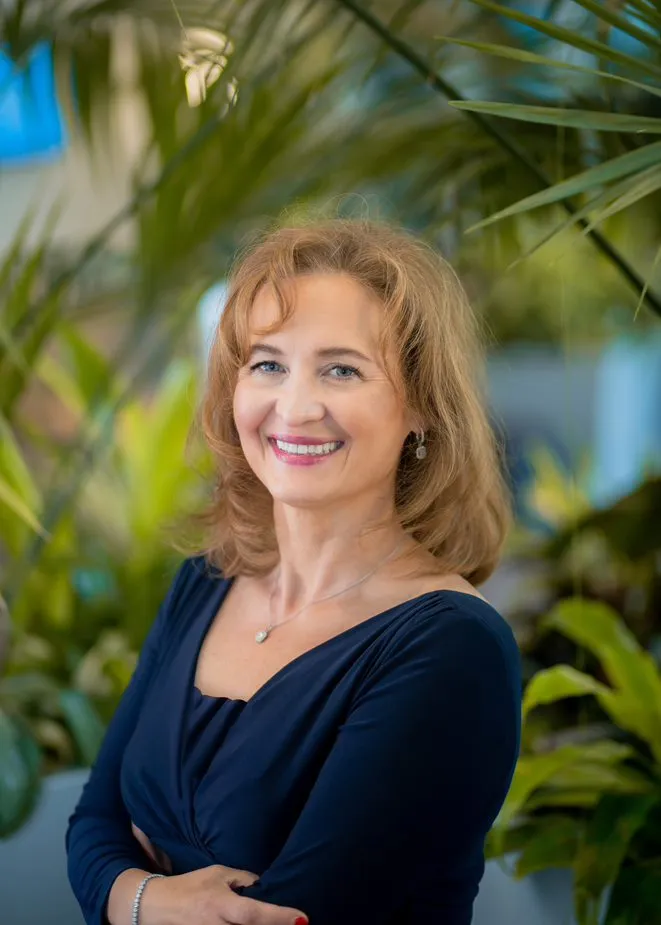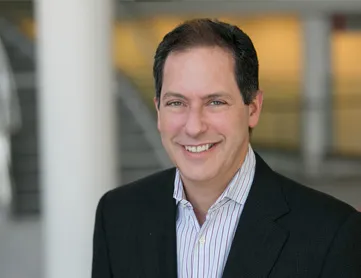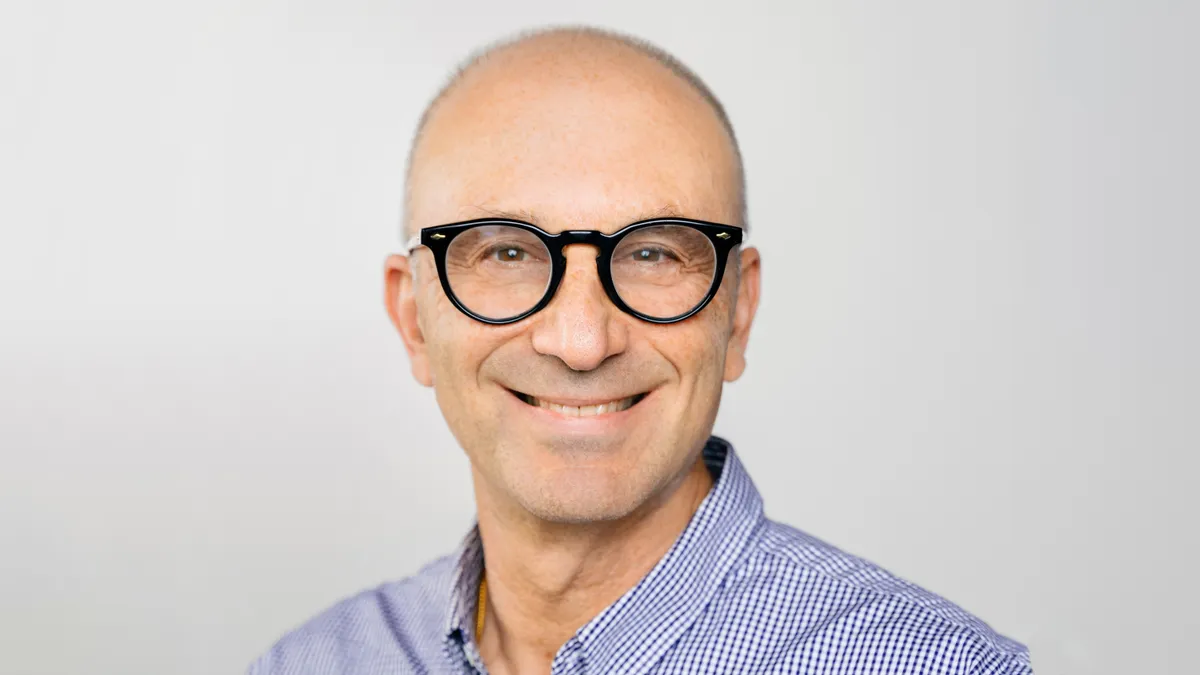Almost every one of the largest pharma companies in the world has its hand in developing cancer drugs, and for good reason. The unmet need is substantial, the science has advanced considerably — and of course, the payoff can be huge.
Take Merck & Co.’s Swiss-army-knife blockbuster Keytruda, which eclipsed $20 billion in sales in 2022 and is expected to take the crown of bestselling drug in the world this year. Other oncology treatments aren’t too far behind Keytruda in that respect. Also consider the next wave of therapies comprising antibody-drug conjugates, bispecific antibodies and more, and the sector promises to accelerate in the years to come.
To be competitive in the field, pharma giants need to keep the oncology engines running at full tilt, demonstrating that their prospective drugs can provide meaningful advances for patients.
To get there, each company comes from a unique background that demands different strategies to become leaders in a particular facet — and hopefully many facets — of the oncology realm. Here are the tactics some of the biggest drugmakers are exploring as they vie for position in a competitive and quickly moving cancer landscape.
Cancer killing combos

Combinations using new and known drugs are becoming more common, with companies opting for a cocktail of their own in-house therapies or through collaboration with pharma peers and competitors.
With Keytruda’s notable reputation and data from thousands of studies, the drug is a popular combination option for companies seeking new markets for their own therapies. Eisai is one of those collaborators teaming up with Merck to leverage a combination of Keytruda and the Japanese company’s Lenvima in patients with renal cell carcinoma as well as endometrial cancer.
The two companies have been exploring this combination for years in more than 10 tumor types and across more than 20 studies, said Dr. Corina Dutcus, senior vice president of global clinical development in oncology at Eisai.
“The combination with Keytruda has been established for five-and-a-half years, and it is very promising from the biological rationale,” Dutcus said. “And, of course, the reason we develop this is because we saw that the combination brings better efficacy than individual agents on their own.”
"Because we want to build upon what Keytruda can do ... we have now over 2,000 studies happening ... a lot of it through these collaborations."

Dr. Marjorie Green
SVP, head of late-stage oncology development, Merck Research Laboratories
That also works for Merck, whose phone seems to always be ringing with prospective collaborators, said Dr. Marjorie Green, senior vice president and head of late-stage oncology development at Merck Research Laboratories.
“We have a wonderful group of clinicians and scientists who evaluate external collaboration requests, and we do it based upon where we think the science makes a lot of sense,” Green said. “Because we want to build upon what Keytruda can do, and we have that kind of lens going into these relationships — we have, I think, now over 2,000 studies, both internal and external, that are happening, a lot of it through these collaborations, which allows us to learn a great deal about the science and biology.”
For J&J, a winning combination of the in-house bispecific antibody Rybrevant with the EGFR inhibitor lazertinib — obtained from South Korea’s Yuhan in 2018 — gave the company a leg up on AstraZeneca’s Tagrisso in a head-to-head non-small cell lung cancer study. The combo reduced the risk of death by 30% compared to the standard-of-care blockbuster.

But J&J, as massive an organization as it is, also looks outside its own walls for promising combinations, said Dr. Craig Tendler, vice president of oncology clinical development and global medical affairs at Johnson & Johnson Innovative Medicine (formerly Janssen).
“Within companies like ourselves when you have both of the components of a promising regimen in house, that’s a priority,” Tendler said. “But when we have strong, preclinical rationale that the combo will be better than either of the components alone, we are seeing more collaboration across two companies, sometimes even three companies, and that is definitely a trend that has improved over the last few years.”
Reshaping priorities

For AbbVie, who is already well known in the blood cancer arena with blockbusters such as Imbruvica and Venclexta, a growth strategy involves expanding into another category altogether: solid tumors.
“While we're certainly excited by the success that we've had in hematologic malignancies … for 60% to 70% of people who are afflicted with cancer in the U.S., it's a solid tumor cancer — and that represents an area of high unmet need,” said Dr. Daejin Abidoye, head of solid tumors, oncology development at AbbVie. “And so as we've been able to deliver and improve the lives of people with hematologic malignancies, it only makes sense that we should look and see if there's a way in which we can improve the lives of patients that have solid tumor malignancies.”
AbbVie is taking a broad approach to modalities with programs in immunotherapy, antibody-drug conjugates and bispecific antibodies, Abidoye said.
But as the company builds up in a new space, it has also cut back on some of the licenses and deals it has forged in the past. Some of those include ending partnerships with Caribou Biosciences and I-Mab this year, as well as declining the option to acquire the rights to a cancer therapy from Harpoon Therapeutics.
“What it frees us up to do is advance the current portfolio that we have as rapidly as possible,” Abidoye said. “And it also frees us up with regards to optionality to look at a lot of the other emerging technologies that are coming forward.”
Taking failure in stride
With thousands of cancer studies underway, there are bound to be some missteps — that’s just the way it goes in R&D, and a company like Merck needs to look at the bigger picture, Green said. The company announced earlier this year that it was hitting the brakes on a study of Keytruda in prostate cancer.
“I think that if everything is successful, we aren't taking enough risks — sometimes those experiments don't work, but what we do is we learn something important,” Green said. “I'm very optimistic about our current portfolio pipeline, and we will take investments and variable levels of risks … but some will be successful and some won't. I'm hoping it's more successes than not.”
Eisai has similarly seen some missed endpoints sprinkled into the mix of oncology advances. The company pulled the plug on its development program when a combination study of the Lenvima-Keytruda combination didn’t pan out in melanoma.
“The reality of drug development is that some of them will not work out,” Dutcus said.
Learning your ADCs
Of course, among the mainstays in the cancer arena, new modalities are on the rise. And nothing is more exciting to oncologists at these pharma giants than the promise of antibody-drug conjugates, or ADCs, which are just beginning to hit their stride. This year, Pfizer acquired one of the leaders in the field, Seagen, for $43 billion.
“From the medical oncologist perspective, I can see that antibody-drug conjugates are going to probably replace chemotherapy in many tumor types,” Eisai’s Dutcus said.
These ADCs are shaping up to provide a much more targeted approach to tumors, said AbbVie’s Abidoye.
“ADCs were initially designed and developed as a way to use a targeted approach to deliver a cytotoxic payload — we think the next evolution of that is going to be incorporating that with a specific biomarker … to optimize which patients are most likely to benefit,” Abidoye said. “And that's the approach that AbbVie has taken with one of our programs in registrational studies for non-small cell lung cancer.”
J&J’s Tendler said ADCs will allow companies to paint with a broad brush to extend patients’ lives and reduce side effects.
“The field of ADCs is getting to a much more comprehensive level in terms of the understanding of how to design them in a way that enhances specificity,” Tendler said. “The field has been around for a long time with various levels of disappointment and excitement, but I think we're starting to see now for the first time the potential.”





















